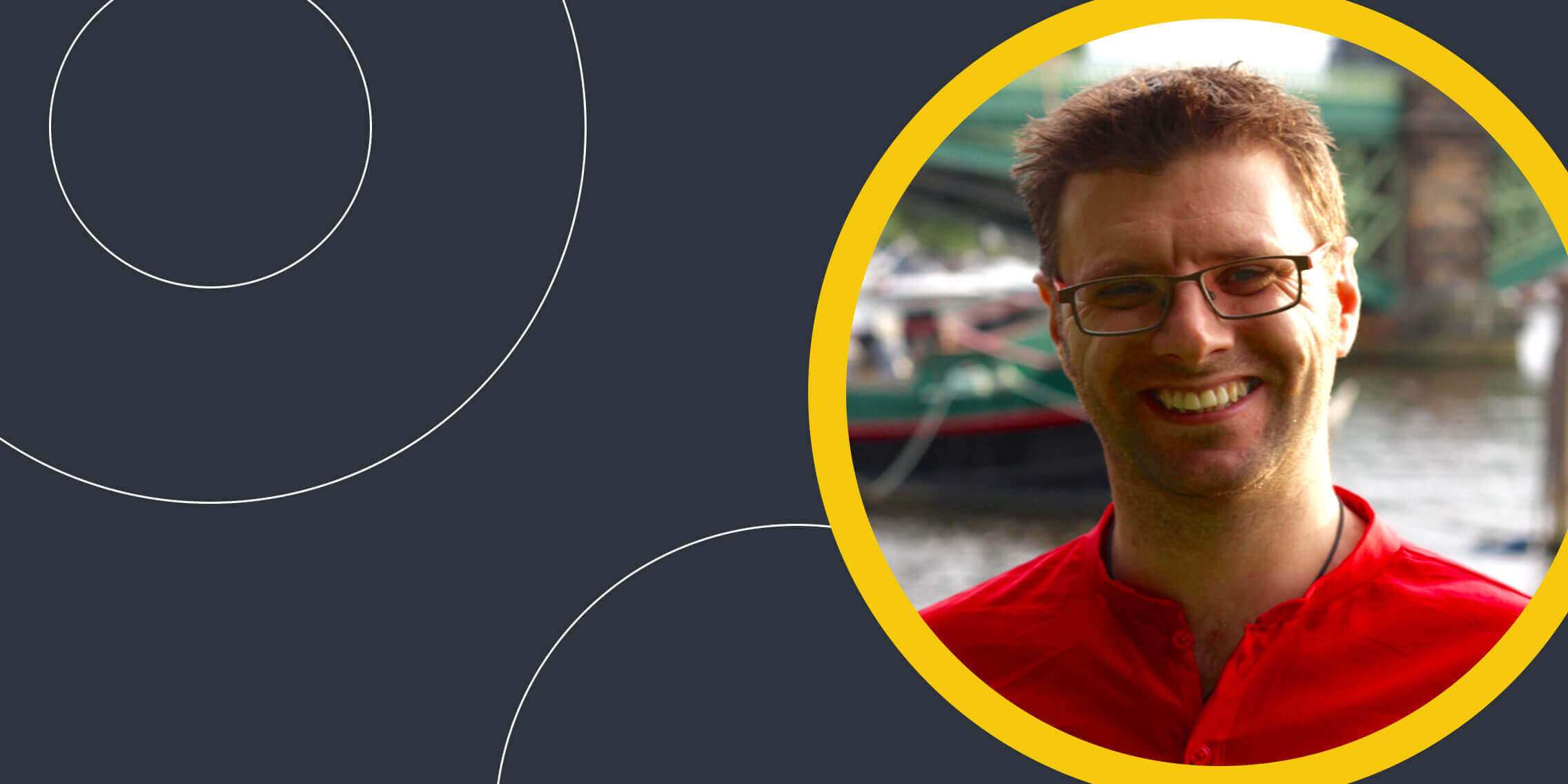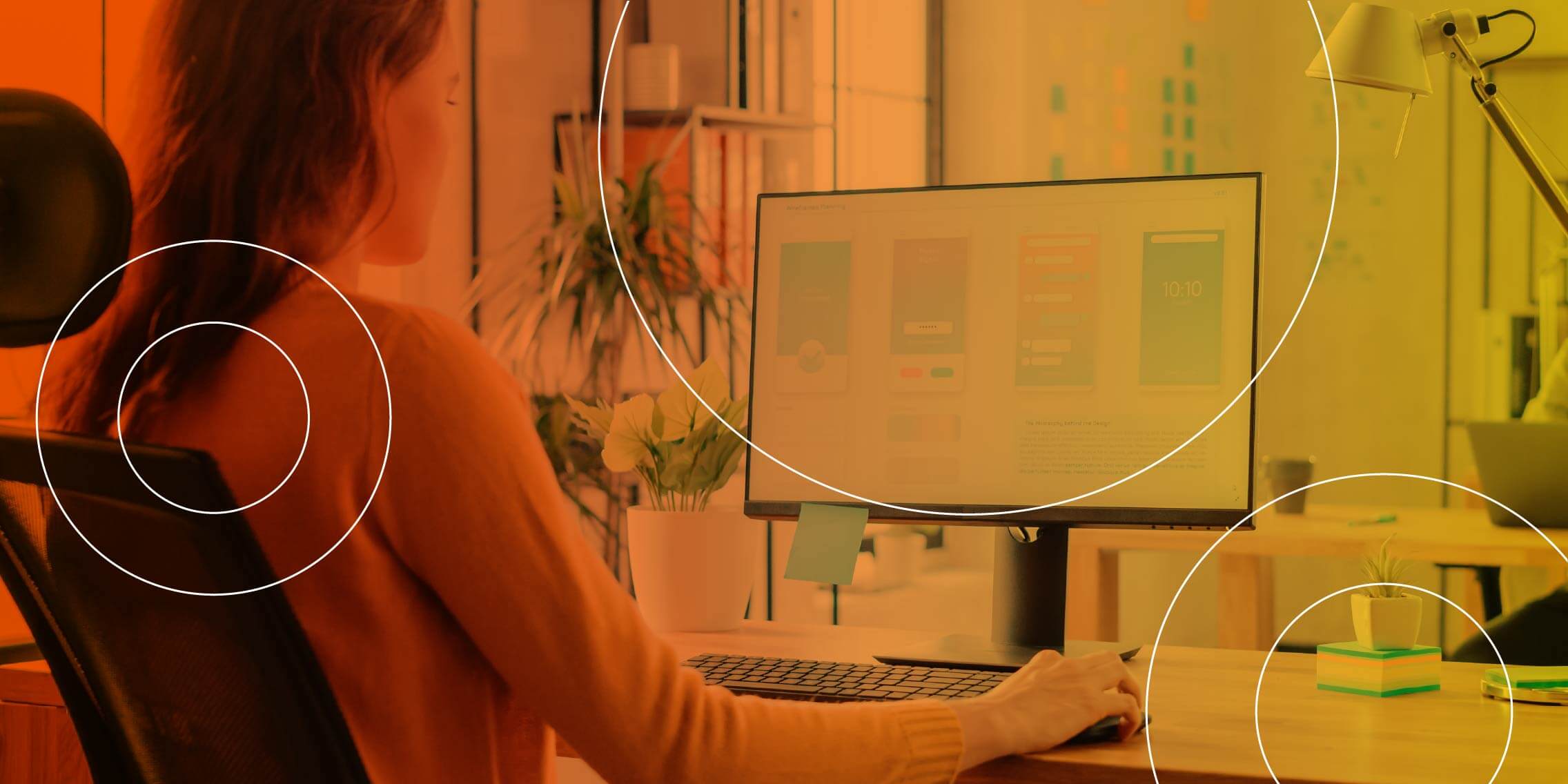Nobody expects junior designers to have all of the answers.
That said, you will be expected to actively contribute to the team and to bring a certain level of knowledge and skill to the table.
To help you understand what’s required as a junior designer, we spoke to four hiring managers:
Karolina works with eShopWorld, a high-growth Irish startup that provides global services to retailers. Her team grew by 100% in 2020, and she expects her team to expand again in 2021. Based in Amsterdam, Ingrid leads the user experience teams working on Elsevier’s various publishing platforms. Alan is a UX Design Manager and design lead at Analog Devices, a global semiconductor company. While the UX team is relatively small, they’re currently building out UX as a function. Goran is a Principal UX Designer and design leader at SAP, a multinational software company. He leads a team of fifteen designers, which includes interns, junior and senior designers. 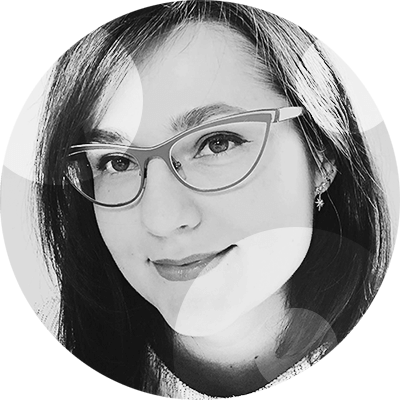
Karolina Coates
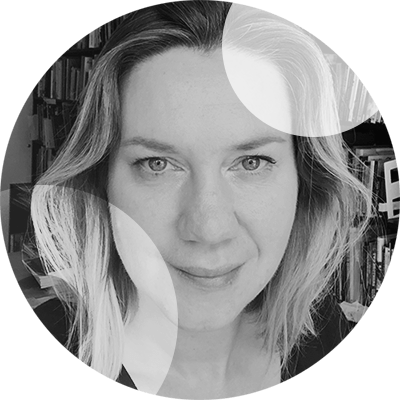
Ingrid Halters
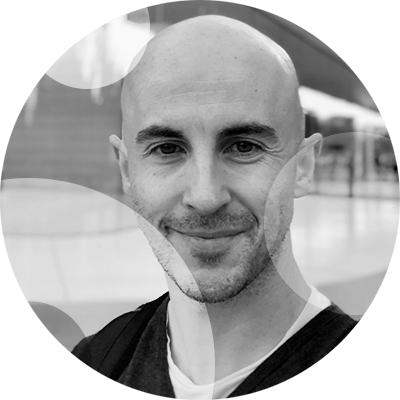
Alan Hehir
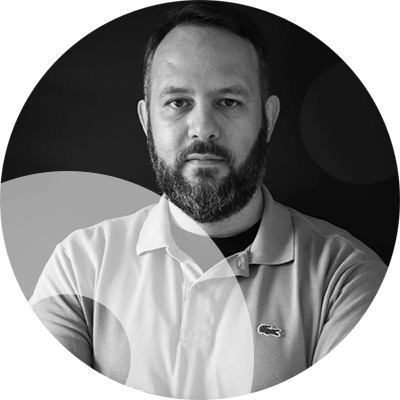
Goran Peuc
In this piece, they discuss what junior designers need to do, in the hiring process and as part of a new team.
What do you look for in a junior designer’s portfolio?
Ingrid: “I think it’s important to show your steps and the process you followed in your portfolio. Show me what went wrong, how you recovered, what would you do differently.”
Alan: “Your portfolio should tell a story and identify a problem you’re trying to solve. Tailor your CV and portfolio to the role you’re applying for and play to your strengths. Do your research on the company, their UX maturity (how developed their UX is) and their design process.”
Karolina: “You don’t necessarily need to see a huge portfolio but you should be able to tell a story. Humans love stories. One of my favourite interview questions is: “Tell me about a situation when you’ve had to deal with some conflict on the team or when something went wrong.” What I’ll learn from you is how you solved that problem and your level of empathy.”
What specific skills do junior designers need?
Karolina: “Humility is one of the traits of a great designer. Don’t be afraid to put yourself forward and be wrong and admit it. I’m an introvert but I push myself every day to ask questions and talk to people. It’s important to be self-aware and emotionally mature, especially in times of remote working.”
Alan: “Junior designers need to have to have a fully rounded appreciation of the whole UX process. Even if you’re not involved in development or a handover, you need to have some kind of appreciation of it.”
Goran: “It doesn’t matter if your hard skills are stellar if your soft skills aren’t there. If you’re moving from another career, it’s likely that you’ll have developed soft skills like communication and collaboration already. You can apply these skills to UX.”
What’s expected from junior designers in the role?
Goran: “Junior designers are expected to have more technical skills than UX interns. They can operate software like Sketch, Figma, and design systems, complete tasks and make progress on projects.”
Ingrid: “A junior designer will have a smaller scope of responsibilities than a senior designer. We know that junior designers don’t have a lot of experience but we want to know if they can learn fast, take criticism, and collaborate.”
Karolina: “We make sure that tasks are very well defined at junior-level. Junior designers aren’t expected to take ownership of an overly complex problem. The junior designer on my team has plenty of support from senior designers.”
Alan: “There’s a number of ways to define a junior designer. They can be just starting out in their career or pivoting from another. Junior designers bring a fresh and unique perspective to my team. It’s a fantastic thing to have. A point of view is as valuable as anything, even if you don’t have a lot of experience.”
Do you have any advice for junior UX designers?
Alan: “I think new UX designers need to find their niche – what you bring to the table.
There’s a number of different ways into a UX career. If you’re making a career pivot, you’re likely to have had lots of value where you were. Whether that was software design or business design, bring that knowledge to your new career.”
Karolina: “Nobody expects a junior designer to come with all the answers. Be curious and have courage to put something in front of people even if it’s not perfect. Bring your strengths. There’s a real value in not having a cookie cutter team; a team’s strength is its diversity.”
Goran: “I would suggest that juniors work in an agency first to get a breadth of understanding and develop hard skills through the UX process. You’re creating something new in agencies every month.”
Ingrid: “I think it’s important that people are authentic in the interview process. It’s not an acting class! Hiring managers want to see a fit for the team.”
Our top five takeaways for junior designers
Your first UX role marks the beginning of a new learning experience. These takeaways can help you thrive in the interview process and your first years as a UX designer.
1. Your portfolio is a ticket to an interview
You can create a strong portfolio by telling a clear story, highlighting your strengths, and showing that you understand the UX process. Tailoring your CV and portfolio to each job application can help you to secure an interview too.
2. Bring your authentic self to interviews
The interview process isn’t just about assessing your UX skills. Hiring managers want to see if you align with their company’s culture and goals too. It’s in the best interest of everyone if you’re honest about your skills, interests and goals.
3. Voice your opinion
Your team has hired you to bring your perspective to work, so bring it to work each day. Senior team members should make juniors feel comfortable in expressing their views.
4. Learn from making mistakes – and normalise making them
It’s a red flag to hiring managers and your team if you pretend you don’t make mistakes. Hiring managers want to know how you overcome mistakes in the design process. It gives them an idea of your problem-solving skills, which is a fundamental part of being a UX designer.
5. Know that your soft and hard skills will develop with experience
Learning UX is a never-ending process. It takes years to advance your UX skills. Don’t expect results overnight!


